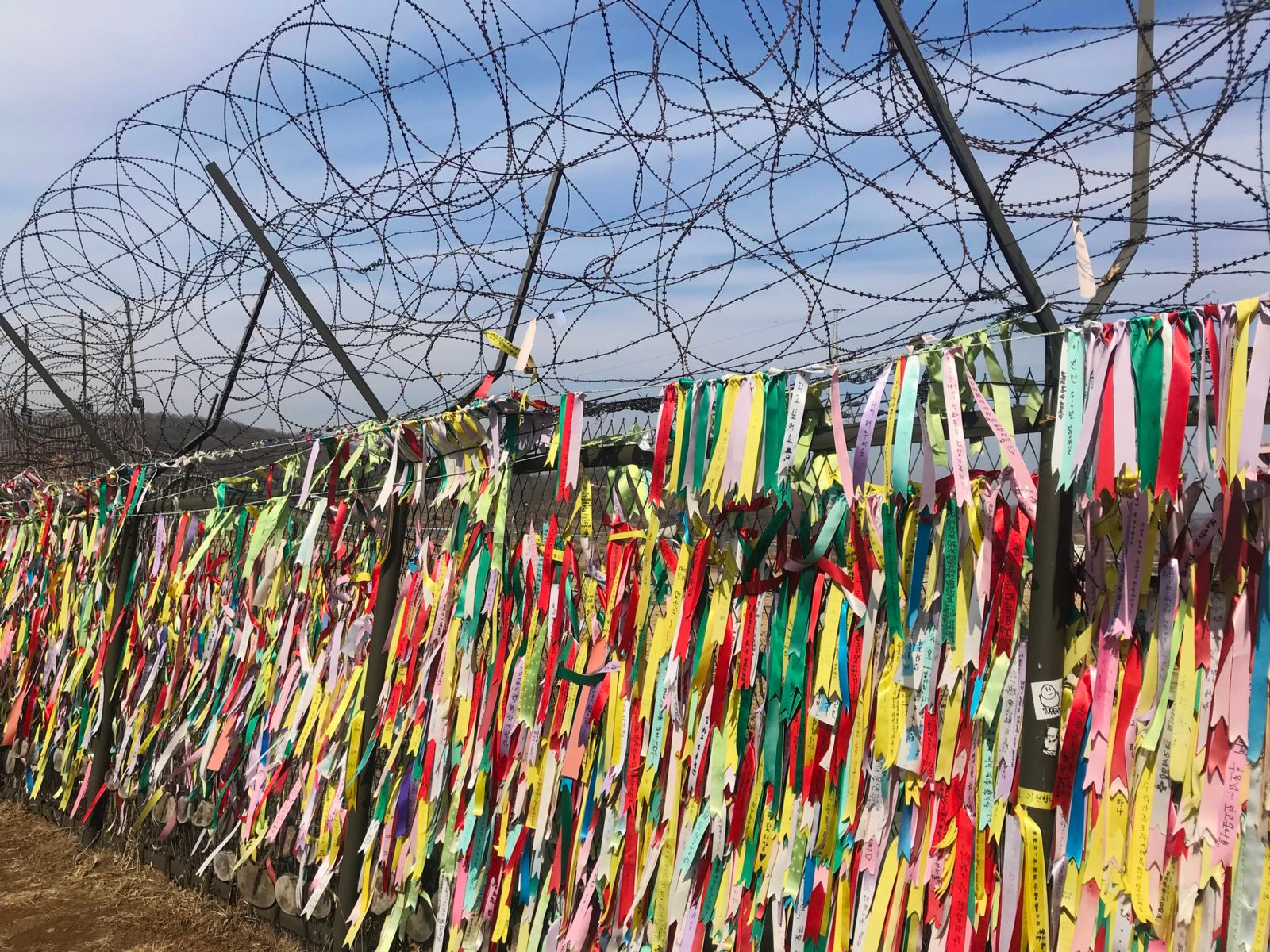I am one of those who, without any romanticism, still think that human rights, correctly conceived, seriously implemented, and consistently observed, have important preventive effects and promote social integration. When the Universal Declaration of Human Rights (UDHR) was signed 75 years ago, in the aftermath of the second devastating world war in less than half a century, it was seen primarily as preventive. Human rights were conceived as a problem-solving, forward-looking instrument. Since then, the human rights movement has emphasized redress—that is, the use of rights as ex post mechanisms of accountability for violations. While this function is crucial, the UDHR’s anniversary is a good moment to recall the ex ante, preventive role that human rights play. Rights practitioners need to recover that understanding of human rights as principled, problem-solving mechanisms.
Recovering the problem-solving notion of human rights will, however, involve confronting some of the issues that many, especially in the Global South, find with the discourse and the practice. These include the unproductive distinction between civil and political rights on the one hand and economic, social, and cultural rights on the other, a relic of the Cold War. Practitioners also need to confront questions of selectivity and double standards in the application of human rights.
In sociological terms, rights enact functional differentiation, separating politics from the economy, both from science and religion, benefiting all. Yes, differentiation involves some self-restraint, but the gains are huge: politicians may no longer decide theological debates or questions in evolutionary biology, but (a) neither are they made solely responsible for (“bad”) decisions in those areas, and (b) arguably, the different spheres of decision making have a degree of autonomy grounded in criteria relevant to them. For example, some degree of separation between religious bodies and the state protects state institutions as well as religious institutions, noting at a time of so much prejudice that most Muslim countries—even where sharia is prominent—are not theocracies. Further, freedom of inquiry protects not just academic institutions but also governments from “bad science.”
Of course, one can argue that rights protect individuals from arbitrary power and do so in a similar fashion: the right to practice religion freely protects both religious institutions and individual believers. The right to choose occupations protects fields of work and individual choices. The point is that human rights are individual rights but not necessarily individualistic rights that construe individuals as free-floating atoms. Rights make sense—and work—only within systems. They are essentially relational.
Moreover, there is compelling evidence that human rights can and do deliver, including in reducing the risks of violent conflict. In a paper Adam Day and I wrote for the celebration of the UDHR in Geneva in December 2023, we highlighted that in the face of deeply negative global trends, there is a clear and growing body of evidence demonstrating the positive impact of human rights on peace and security. This effect is due to various factors, of which I will mention three. First, human rights address risks of inequalities and unredressed grievances: according to the UN/World Bank Pathways for Peace report, one of the most important drivers of violent conflict is a “sense of injustice” caused by political and economic exclusion. The uneven distribution of political, economic, and social capital is widely recognized as both a trigger and a deeper cause of widespread violence. Inequality is worsening, not only at a global level among states but also within many national boundaries.
A project on prevention initiatives at the national level that I have been directing for the last three years points out that increases in inequality are partly the result of a global trend toward the separation of political structures from the constituencies they are supposed to serve, of different forms of “state capture” and, at the limit, of more authoritarian forms of governance, characterized by highly centralized political power, the unequal distribution of resources, and in many cases, serious restrictions on political space. The function of human rights as an “anti-grievance mechanism” may here turn out to be critical for preventive purposes.
Second, the human rights system produces some of the most important early warning signals of emerging social unrest, violence, and possible conflict. But because prevention is conceived so often in terms of crisis prevention, centering on the role of international actors rather than national initiatives that carry the weight of everyday prevention, crucial lessons emerging from national experiences regarding the prevention of massive human rights violations and their contribution to conflict risks are elided. These include the effectiveness of constitutional and legal tools such as “guarantor institutions” (e.g., institutions that do not depend upon a particular branch of the state but that help protect fundamental rights, such as independent electoral commissions, anti-corruption bodies, and other oversight institutions); initiatives to strengthen judicial independence; and reforms of the security sector to adopt policing measures that offer protection in a rights-compliant way and to strengthen civilian oversight over armed forces. These kinds of nationally led initiatives should be foregrounded and supported in the UN’s peace and security work.
Third, important recent research has found the following:
- Protecting civil, political, cultural, social, and economic rights has a direct impact on stability and the risks of violent conflict;
- Protecting political rights is one of the most important ways a country can end cycles of violence;
- Access to justice reduces the risks of violent conflict in a wide range of settings;
- Peace agreements with strong human rights aspects are more durable and effective.
Thus, human rights, properly understood, are not mere constraints on state action but rather protect both individuals and systems of governance. Prevention, when it is understood as a broad and “upstreamed” human rights–based agenda driven by national actors—instead of part of a crisis-prevention “toolbox” prioritizing the role of international actors, is a rich field with plenty of successes to show for itself. Finally, understood in this manner, the connection between human rights and prevention does not threaten but rather protects national sovereignty.

